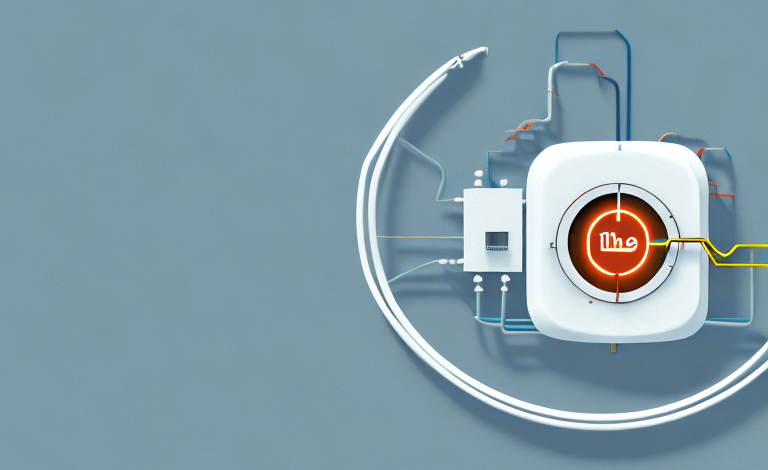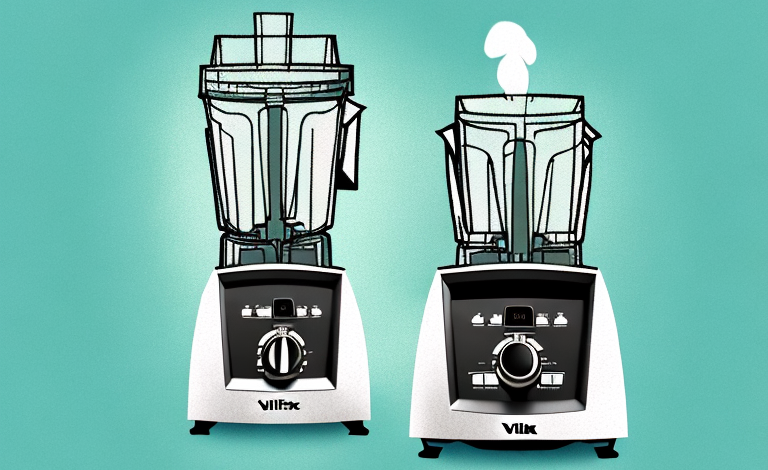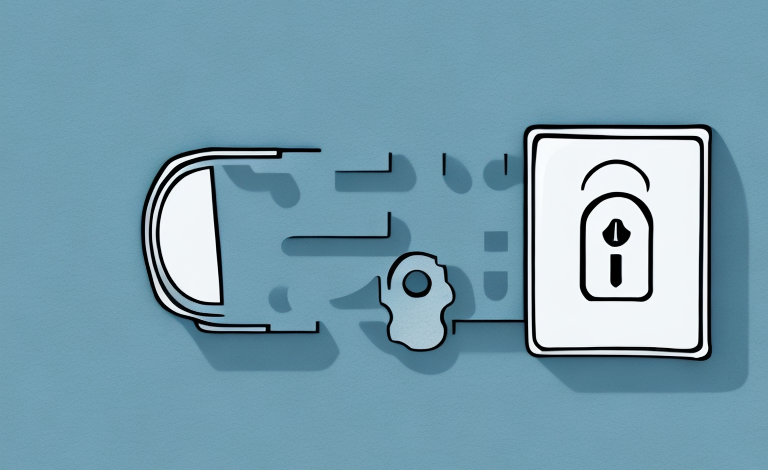If you’ve recently purchased a smart thermostat or upgraded your HVAC system, you may have come across the term “C wire required.” But what exactly is a C wire, and why is it required for your thermostat? This article will delve into everything you need to know about C wires and how they impact your thermostat’s functionality.
What is a C wire?
A C wire, or “common wire,” is a low voltage wire that provides a constant source of power to your thermostat. It’s typically blue or black and is connected to the “C” terminal on your HVAC system’s control board.
Without a C wire, your thermostat may not function properly or may drain the batteries quickly. Some older HVAC systems may not have a C wire, but there are options for adding one, such as using an adapter or running a new wire. It’s important to consult a professional if you’re unsure about adding a C wire to your system.
Why is a C wire required for thermostats?
Without a C wire, your thermostat won’t receive a constant flow of power, which can lead to several issues. For example, your thermostat might lose Wi-Fi connection, fail to display accurate temperature readings, or become unresponsive. The C wire helps to provide consistent power to your thermostat, ensuring that it functions correctly at all times.
Additionally, the C wire can also help to prolong the lifespan of your HVAC system. When your thermostat is receiving a consistent flow of power, it can communicate more effectively with your heating and cooling system, which can help to prevent unnecessary wear and tear. This can ultimately save you money on repairs and replacements in the long run.
How does a thermostat work without a C wire?
Some older HVAC systems don’t have a C wire, which can make it challenging to install a smart thermostat that requires one. In these instances, you may be able to use an adapter or power extender kit to provide power to your thermostat.
Another option for powering a thermostat without a C wire is to use a battery-powered thermostat. These thermostats don’t require a C wire because they run on batteries, which typically last for several years before needing to be replaced.
It’s important to note that not all HVAC systems are compatible with battery-powered thermostats, and they may not have all the features of a smart thermostat. However, they can be a good option for those who don’t want to deal with the hassle of installing an adapter or power extender kit.
What are the benefits of having a C wire for your thermostat?
By installing a C wire, you can enjoy several benefits, including:
- A more stable connection between your thermostat and HVAC system
- Avoiding issues like power loss or inaccurate temperature readings
- Improved energy efficiency and cost savings
Another benefit of having a C wire is that it allows your thermostat to power itself without relying on batteries. This means you won’t have to worry about replacing batteries or losing your thermostat settings during a power outage.
In addition, having a C wire can also enable advanced features on your thermostat, such as remote access and control through a smartphone app. This can provide added convenience and flexibility in managing your home’s heating and cooling system.
How to determine if your HVAC system has a C wire?
If you’re unsure whether your HVAC system has a C wire, you can check your HVAC control board to see if there’s a wire connected to the “C” terminal. Another option is to consult an HVAC technician or electrician who can inspect your system and wiring.
It’s important to note that not all HVAC systems require a C wire. Older systems may not have one, while newer systems may have alternative methods for powering smart thermostats. If you’re unsure whether your system requires a C wire, consult the manufacturer’s instructions or contact a professional.
If you do need to install a C wire, it’s important to hire a licensed professional to do the job. Working with electrical wiring can be dangerous and improper installation can damage your HVAC system or even cause a fire. A professional can ensure that the wire is installed correctly and safely.
Can you install a C wire for your thermostat if your HVAC system doesn’t have one?
If your HVAC system doesn’t have a C wire, you can hire an HVAC technician or electrician to install one for you. Alternatively, if you’re comfortable working with electrical systems, you can install a C wire yourself using online tutorials and guides. However, it’s essential to note that DIY installations may not be covered under your thermostat’s warranty.
It’s important to understand that a C wire provides a constant source of power to your thermostat, which is necessary for some smart thermostats to function correctly. Without a C wire, your thermostat may not be able to maintain a stable connection to your HVAC system, resulting in issues with temperature control and energy efficiency. Therefore, if you’re considering installing a smart thermostat, it’s highly recommended to have a C wire installed by a professional to ensure optimal performance.
What are some common problems when installing a C wire for your thermostat?
Some common issues that can arise when installing a C wire include:
- Difficulty accessing or locating the HVAC control board
- Incorrect wiring that can cause system damage or malfunctions
- Connector or terminal issues that prevent proper connection
Another common problem that can occur when installing a C wire is compatibility issues with the thermostat or HVAC system. Some older systems may not be compatible with a C wire, which can cause issues with the installation process.
In addition, if the C wire is not installed correctly, it can cause issues with the overall functionality of the thermostat. This can result in inaccurate temperature readings, difficulty controlling the HVAC system, and even system failure.
How to troubleshoot C wire connection issues with your thermostat?
If you’re experiencing problems with your C wire connection, try the following troubleshooting steps:
- Ensure that the C wire is connected correctly and securely to the “C” terminal on your HVAC control board and thermostat
- Check for any damage or wear on the wire or connectors
- Confirm that your thermostat settings and Wi-Fi connection are correctly configured
However, if these steps do not resolve the issue, you may need to replace the C wire. This can be done by a professional HVAC technician or an experienced DIYer. Make sure to turn off the power to your HVAC system before attempting any repairs.
Another possible solution is to use a power extender kit (PEK) to provide power to your thermostat without the need for a C wire. This kit can be purchased online or at a home improvement store and typically comes with instructions for installation.
Can you use alternative methods to power your thermostat instead of using a C wire?
Yes, if you don’t have a C wire, you can use alternative power methods like power extender kits or adapters, which can provide constant power to your thermostat. However, these solutions may not be as reliable as a C wire and can lead to issues like power loss and system malfunctions.
In conclusion, a C wire is a crucial component in ensuring that your thermostat functions correctly and efficiently. If you’re considering upgrading to a smart thermostat, consult with an HVAC technician or electrician to determine if your system has a C wire, and if not, whether installing one is feasible for your home.
It’s important to note that some smart thermostats are designed to work without a C wire, using alternative power sources like batteries or even harvesting power from the HVAC system itself. However, these options may not be available for all models and may require additional setup or maintenance.
Another alternative to using a C wire is to install a wireless thermostat that communicates with your HVAC system through a wireless network. These thermostats can be powered by batteries or a power source like a USB cable, eliminating the need for a C wire altogether. However, wireless thermostats may not be as reliable as wired ones and can be affected by interference from other wireless devices in your home.



